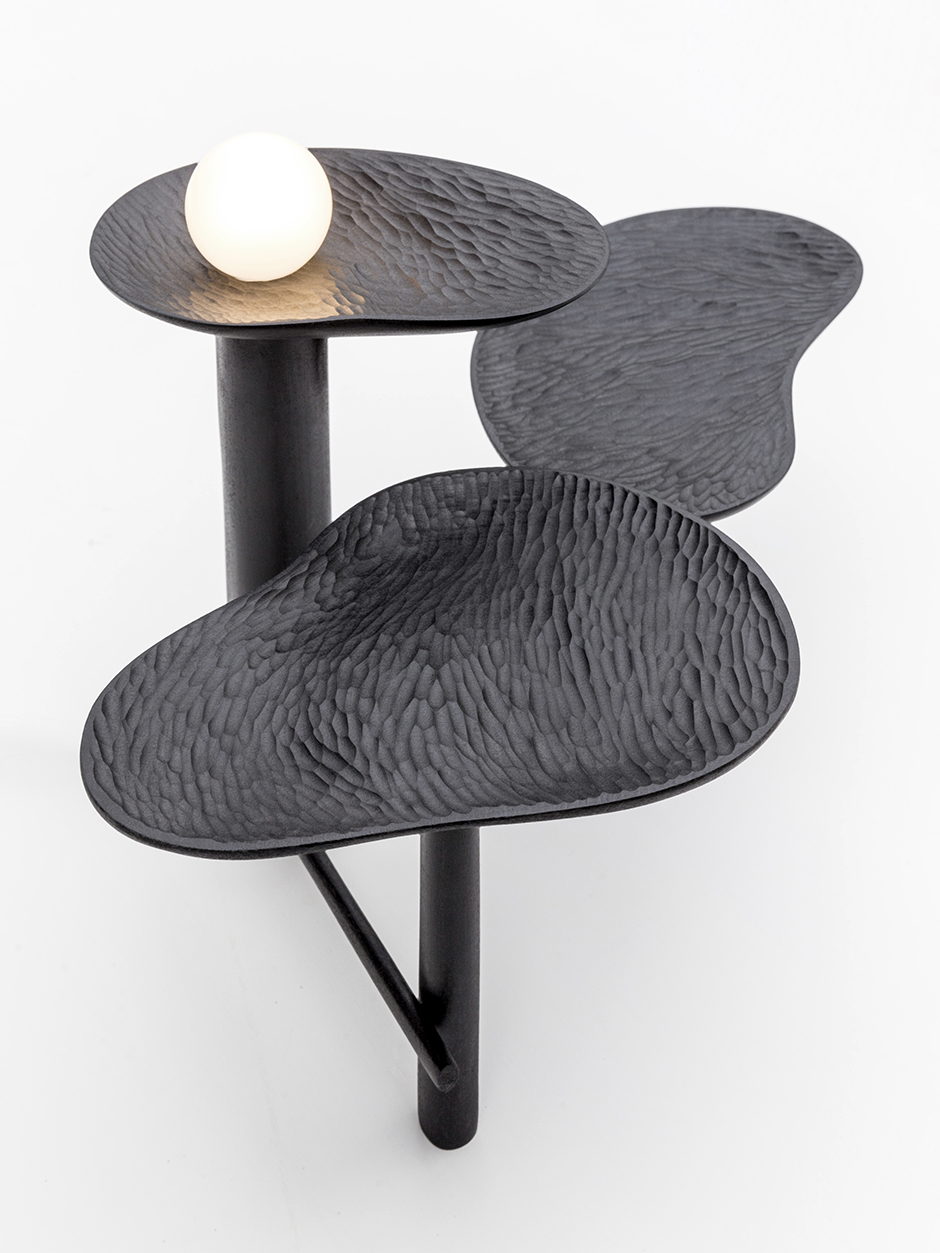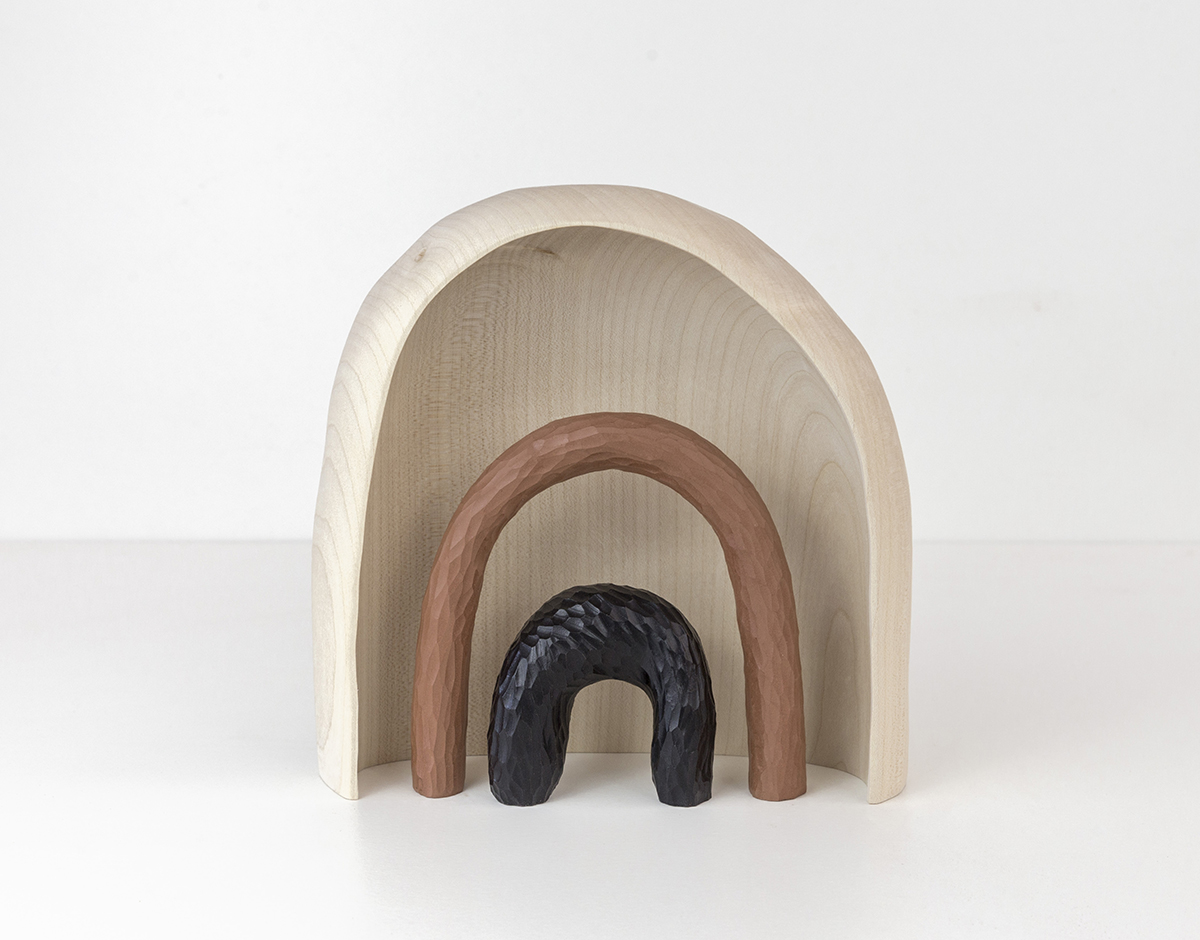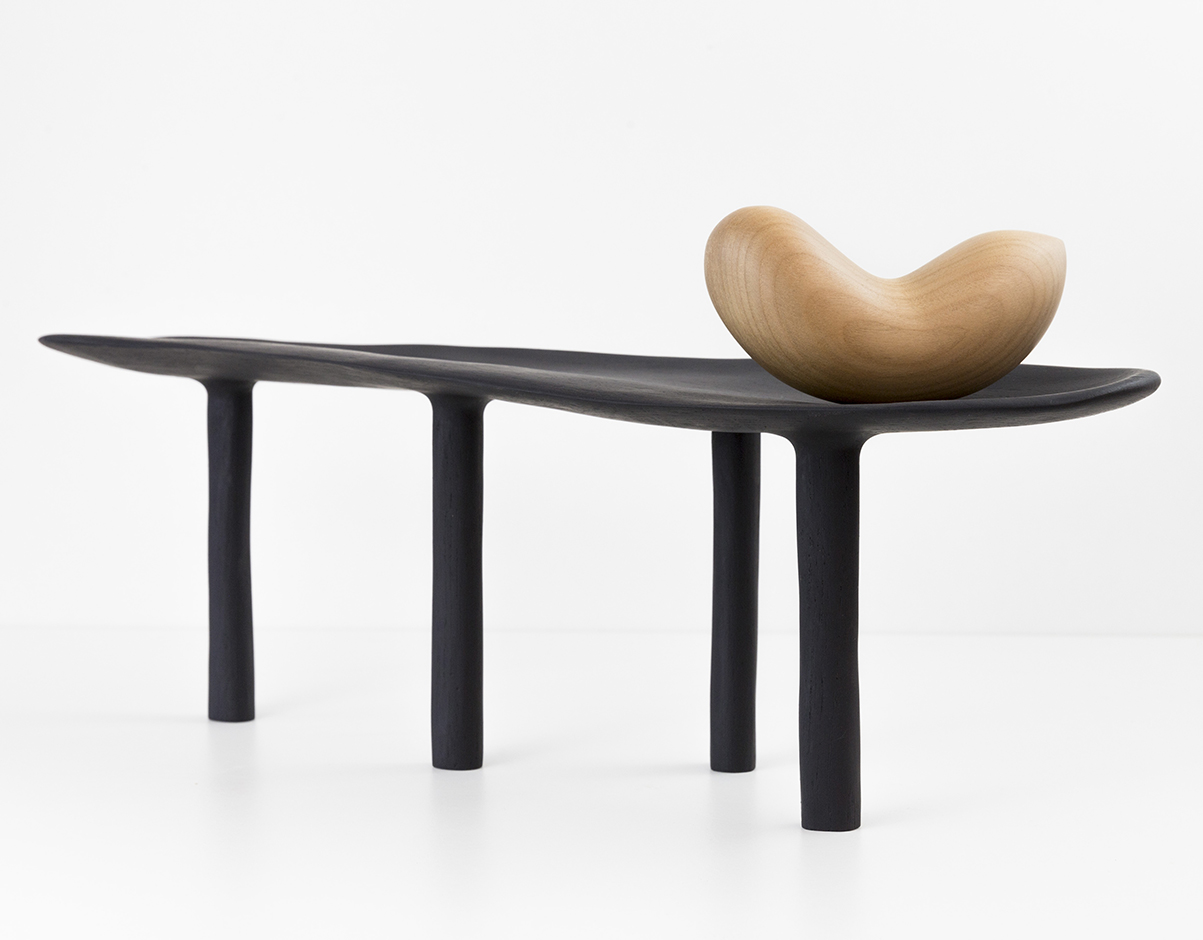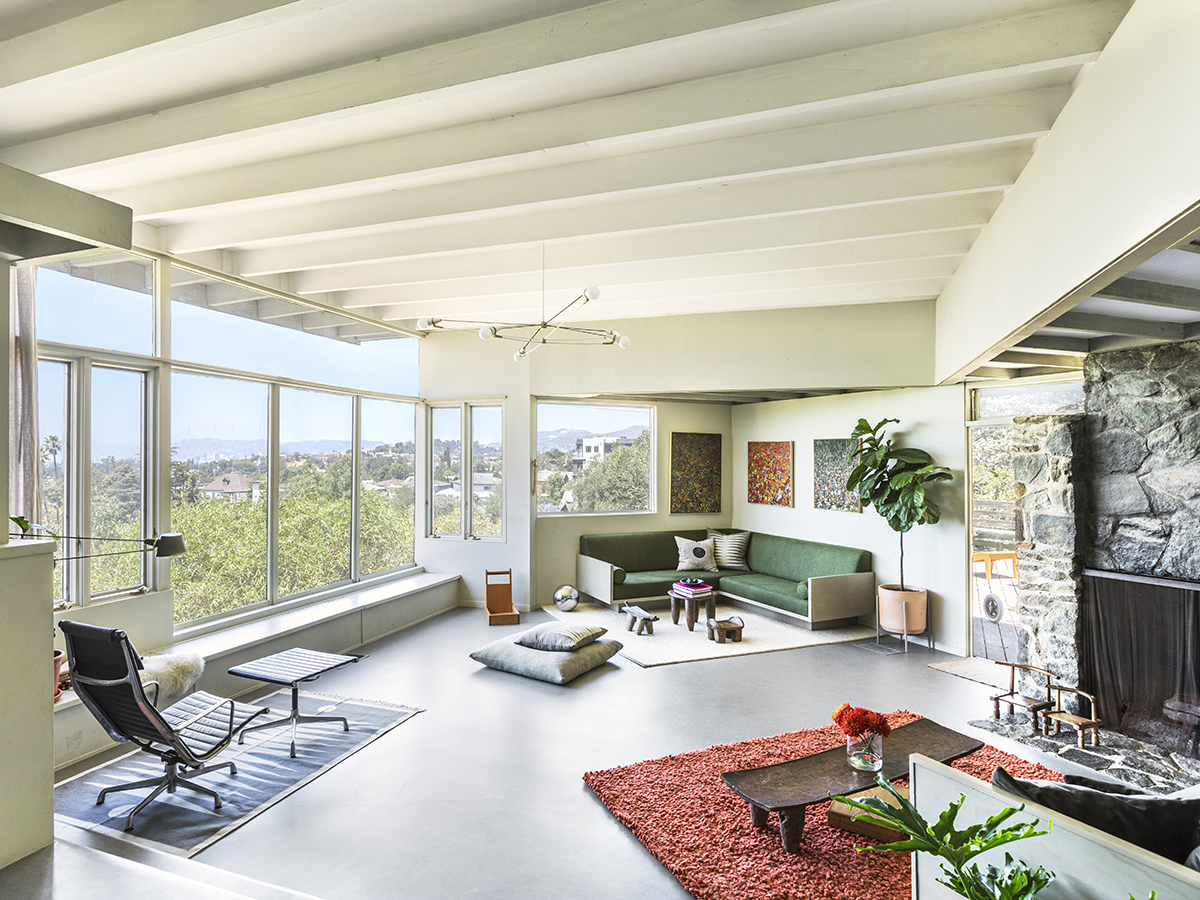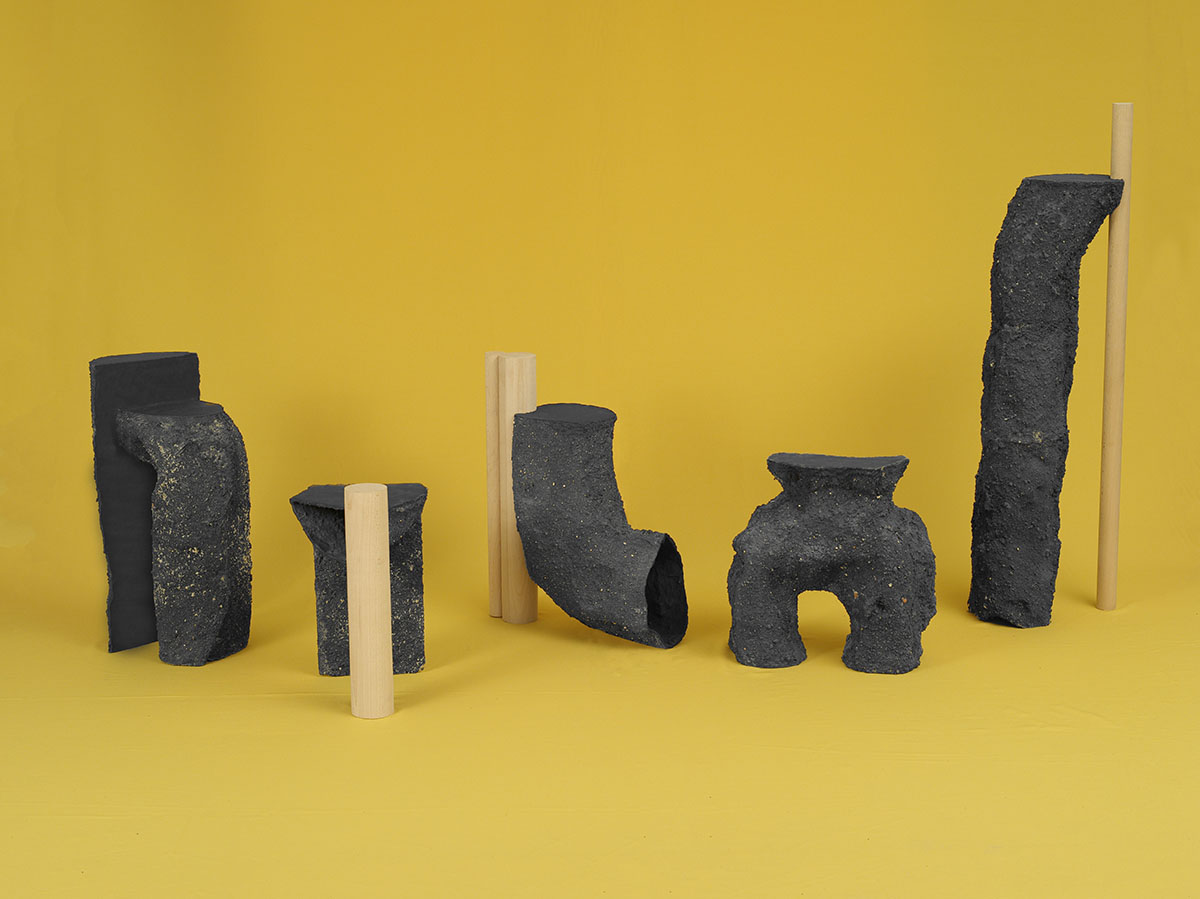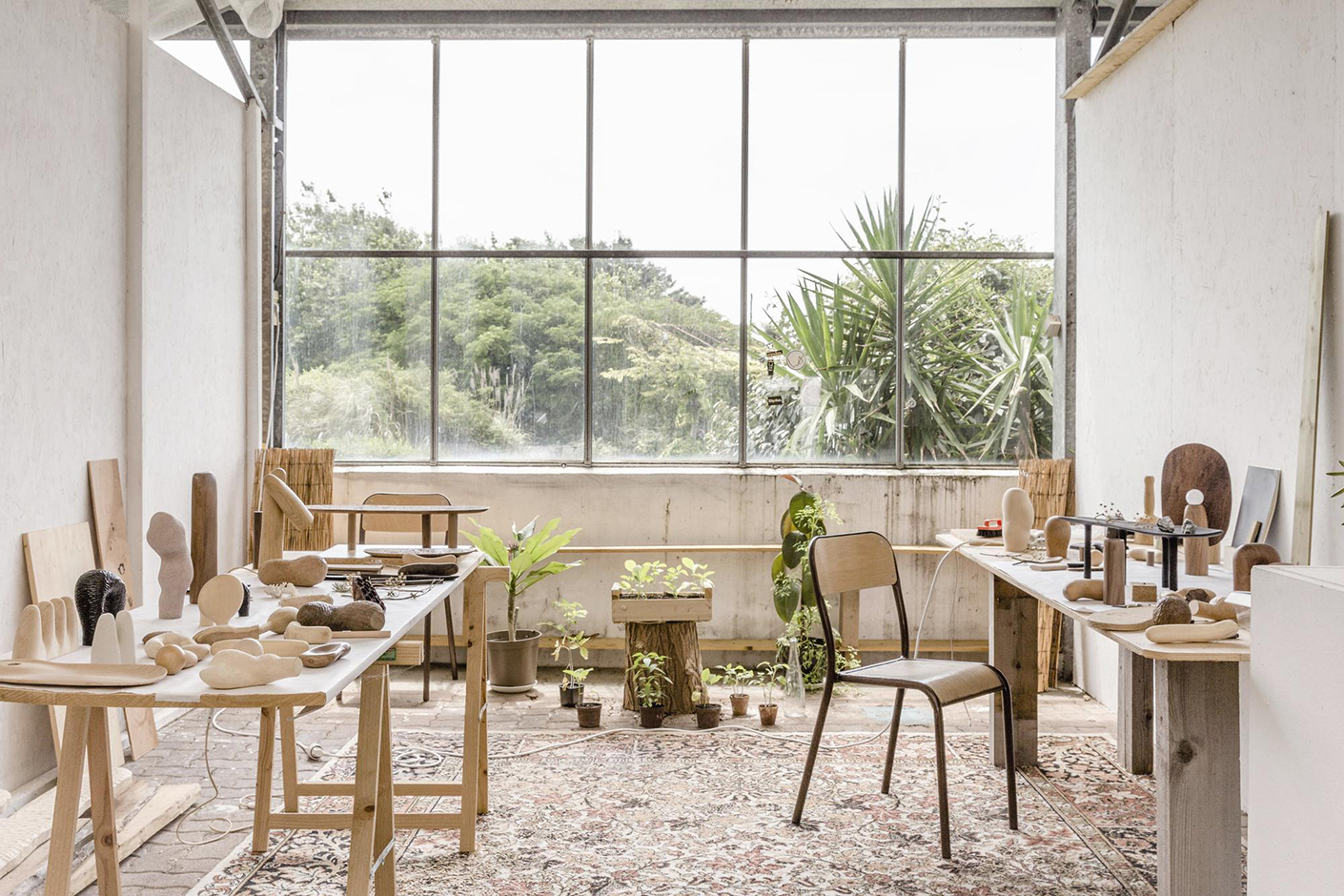
08.05.20
Up and Coming
Each Piece By French Designer Baptiste Lanne is an Ode to Nature, His Biggest Inspiration
After almost 10 years working for acclaimed studios like Habitat and Philippe Starck in Paris, French designer Baptiste Lanne felt a longing to get away from the screen and 3D modelling software. “I wanted to get back to the freedom I had when I was a child,” he says. “playing with tools, pieces of wood, and simple branches from the garden.” It was a trip to Japan to visit some woodworkers’ workshops that influenced his decision to make a living out of his personal affinities. Today he hand-carves impossibly refined design objects out of rough hunks of wood as if they’re as malleable as clay. Each is an ode to nature, his biggest inspiration.
Lanne grew up in Normandy where, 30 years ago, his grandparents planted hundreds of trees in the empty fields surrounding their house. He grew up with these trees which quickly grew taller than his head until the house was backed by a beautiful forest. “Seeing a forest born is a seminal experience,” he says. “Trees are living beings. They communicate, they suffer, they help each other. This aspect makes wood kind of a superior material to me: a poetry-filled material.”
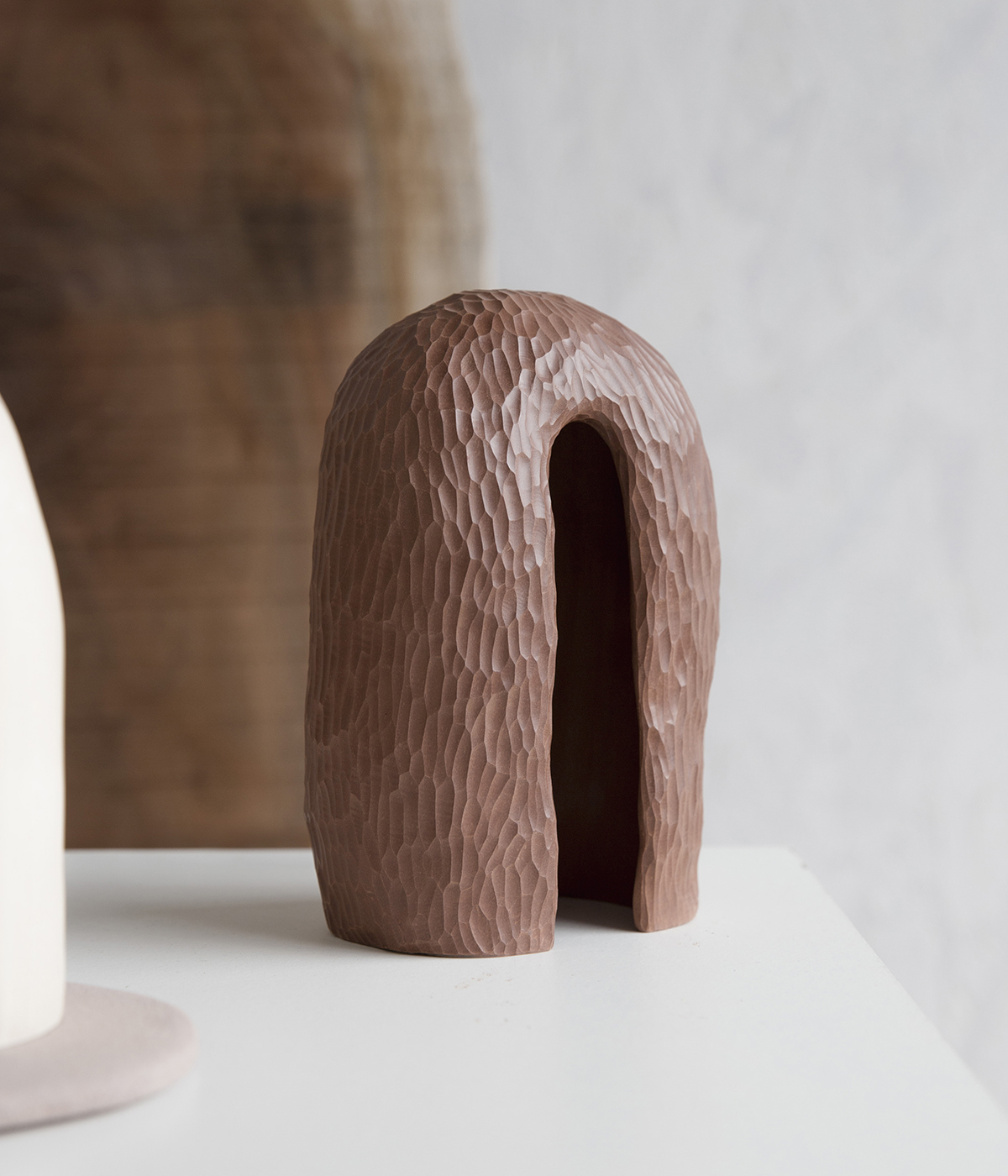
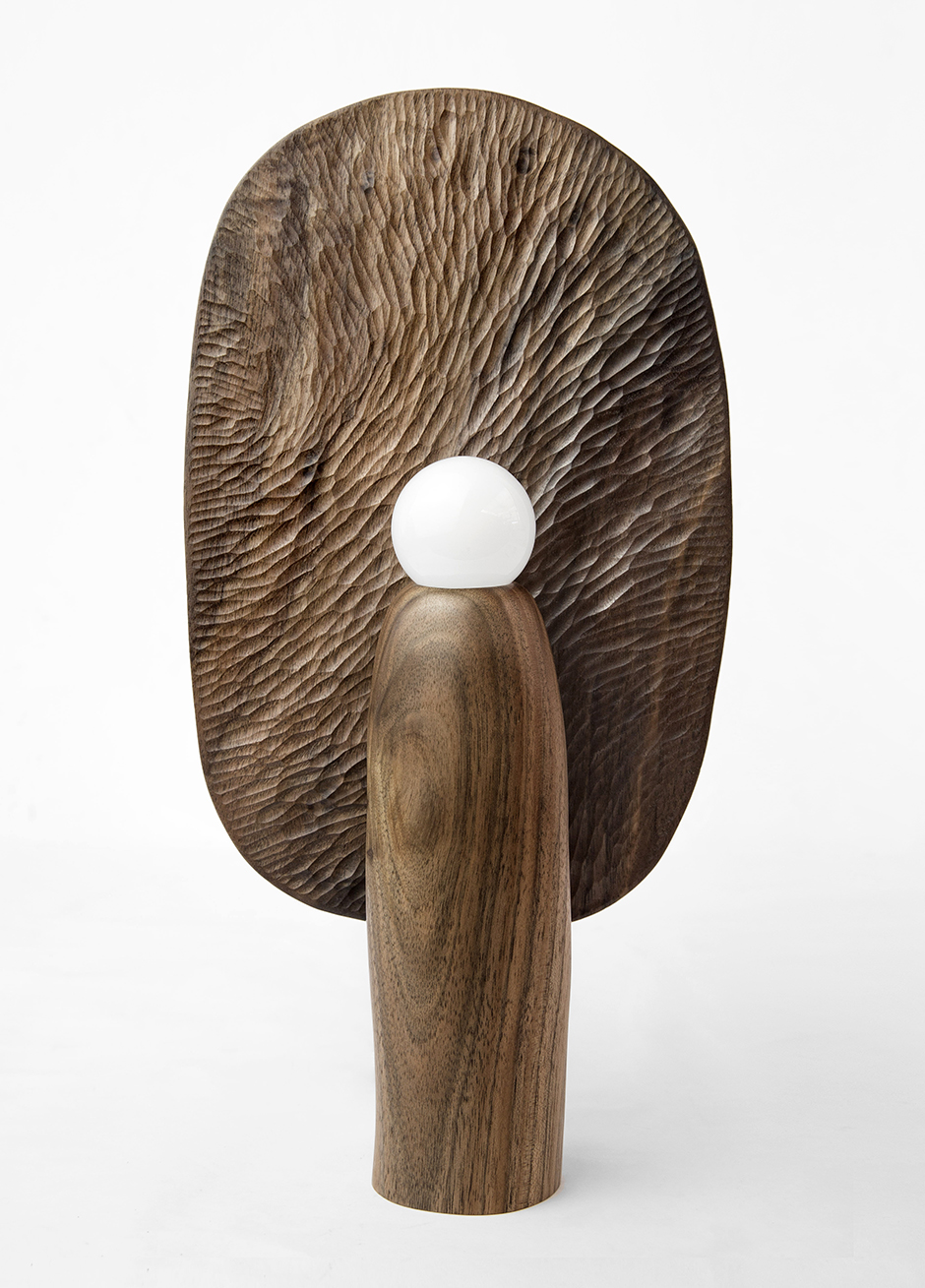
Since childhood and throughout his design studies, using tools to make things from raw materials has always been a part of Lanne’s life. He taught himself woodwork and hand-carving. At first each piece took 10 days to achieve but now his hands are trained and deft. “However, I still cultivate a form of slowness,” he says. “Taking time should be the rule.” He follows this guideline when choosing a good piece of wood. From his studio in the seaside town of Biarritz, he often visits the Gers area in the south-west of France to source wood from a small, old family sawmill. The piece he chooses is driven by the shape, size and surface of the design he has in mind. “For example,” he explains, “walnut is great for ridged surfaces, its hardness makes super clean cuts. Oak is perfect to be polished, for smooth shapes and surfaces.”
Many of Lanne’s pieces display a pattern of ridges across the surface that the light falls into. He started applying this textured effect as a way to reveal the handwork behind each, the gouges obvious proof of his craft. It ensures each object is unique even if it’s produced in a series. “It’s also a way to recall the living side of the wood,” he says. When the round bulbs of his lamps are lit up, the reflection on the sculpted texture has the effect of moonlight on a choppy sea.
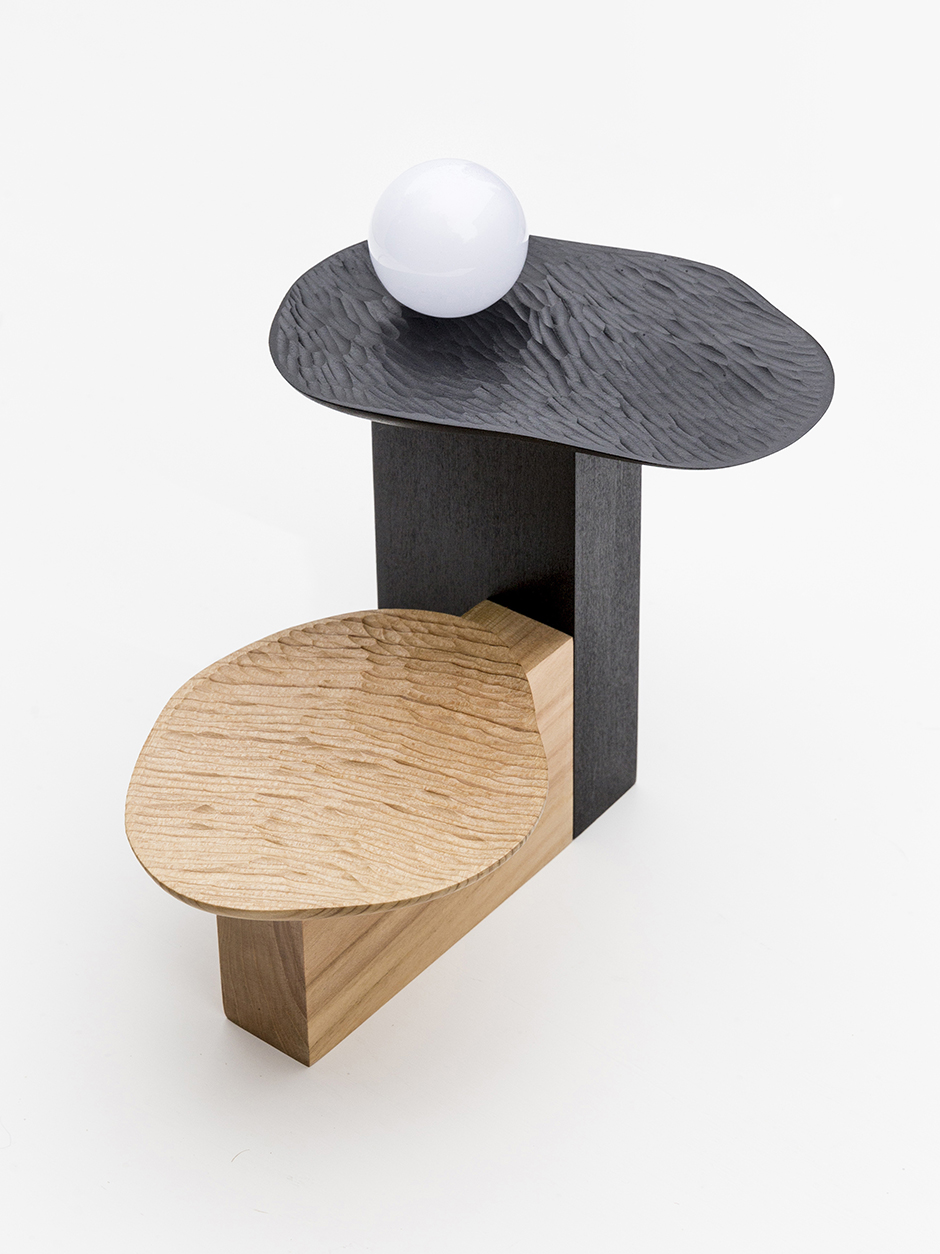
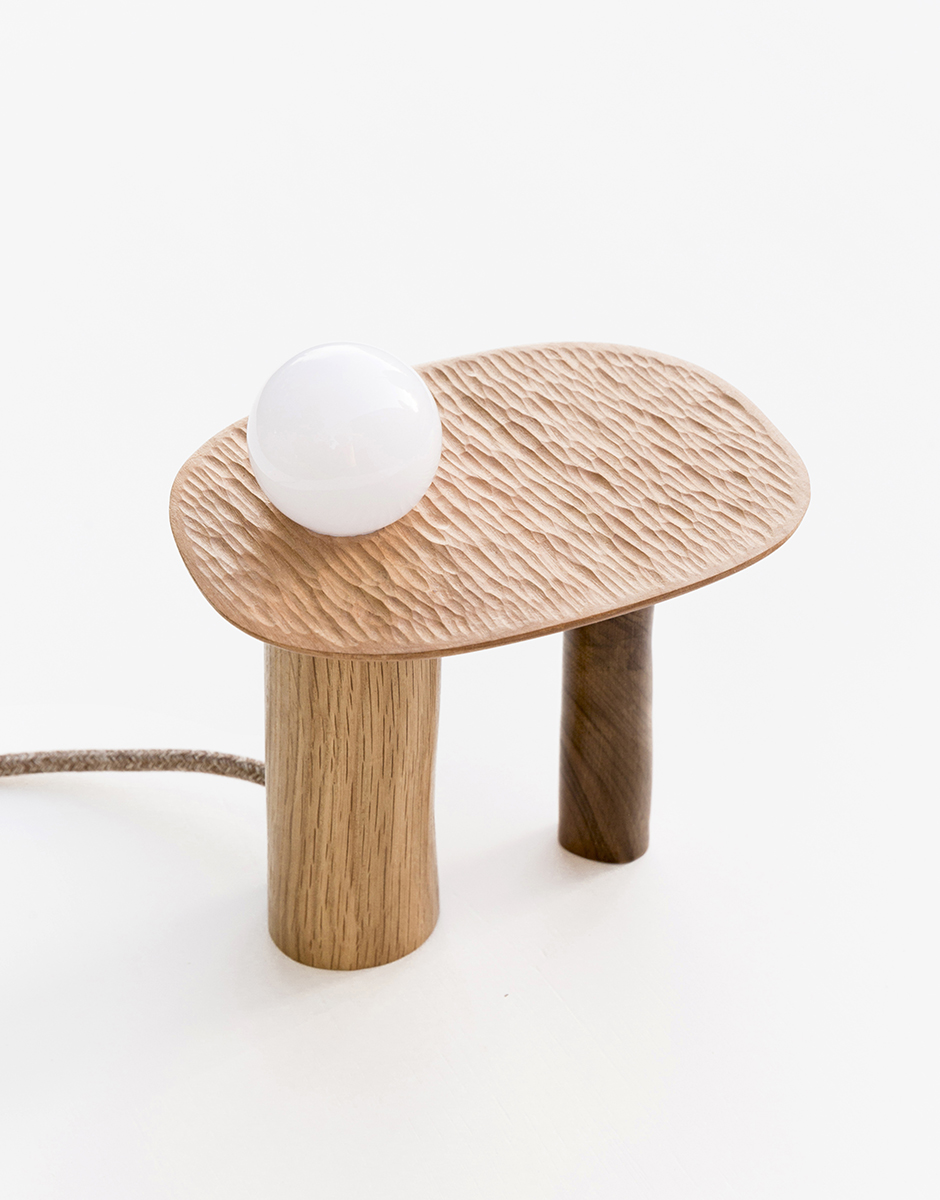
When he’s outdoors, Lanne collects simple treasures from nature: interesting stones, dried twigs and leaves, broken shells and seed pods. He sometimes imagines his pieces as small altars for these souvenirs, perhaps none more so than his limewood arches. “To bring nature inside our living spaces is what I work for,” he says. Each of Lanne’s pieces is finished by applying a layer of natural wax that needs to be renewed every so often. “I think this relationship between us and the objects we live with is one of the ways to a more sustainable and conscious world,” he says.
Viewed together, all of Lanne’s organic, naive shapes form a design language in communion with nature. “I’m always looking for new lines, new combinations, new perspectives, to let the pieces speak for me,” he says, “to tell others who I am.”
